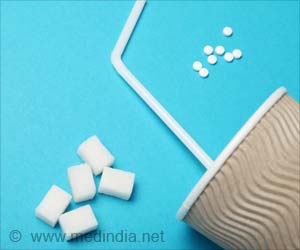he suggests.
‘To follow a Ketogenic diet properly, always do it under the supervision of a trained nutritionist, who can time your meals accordingly and reduce your keto flu symptoms as much as possible.’
Stay hydrated: The first and foremost thing to remember is to have enough water throughout the day. Carbohydrates act as storage facilitators for water and sodium in the body. Since carbs consumed are in limited quantities, your body water stores go down, possibly leaving you dehydrated! So drink up! If you’re someone who tends to forget, try using water consumption apps that remind you to drink water in designated minutes.
Start slow: One might think that jumping right into Keto, post following a normal routine would be the right thing to do, however, that’s simply not the case. Take the time to slowly introduce high fat foods in your routine and to slowly reduce on the carbs in your diet. This would help you in the possible reduction of constipation, diarrhea, poor energy levels and other keto flu symptoms.
Remain active: While on a Keto Diet, do not assume that it’s best to simply give up on exercise. It would still remain an important part of maintaining your health. However, what you could easily do is, to include low intensity exercises such as walking, light jogging or even gentle yoga for about 30-45 minutes daily. The idea is to maintain a steady state of physical activity and avoid workouts that demand a sudden burst of energy.
Cut down on starch and sugar: The main idea behind a keto diet is to cut on carbs. Starch and sugar are rich in carbs and need to be avoided. Ensure to cut back on foods such as cakes, sugar, candies, fruit juices, rice, wheat, pasta, veggies such as potatoes, yam and sweet potato and alcoholic drinks, slowly but progressively.
Indulge in fiber and protein: While keto diet does dictate a diet high in fat, you still need to include a moderate amount of protein. Foods such as nuts and all types of seeds, and nut butter. An addition of cinnamon, pepper, ginger to meals can also help induce ketosis. Low carb veggies such as tomato, zucchini, green leafy vegetables, bell peppers, cabbage give good fiber and fill one up as well. Non-vegetarians can include red meat, chicken, whole eggs and fatty fish like mackerel and tuna which provide a lot of protein and fiber to the body and compensate for the carbs reduction too.
Increase salt intake: A ketogenic diet involves a paradigm shift from an intensive carb-based diet to a fat-based one. This shift unbalances the electrolyte balance in the body. So, if one mineral is affected, the other one is affected on its own. Since the consumption of processed foods goes down, sodium intake goes down considerably, one might end up feeling restless, have considerable fatigue and other symptoms of keto flu. To avoid this, simply increase the amount of salt you add to your food.
Source: IANS



